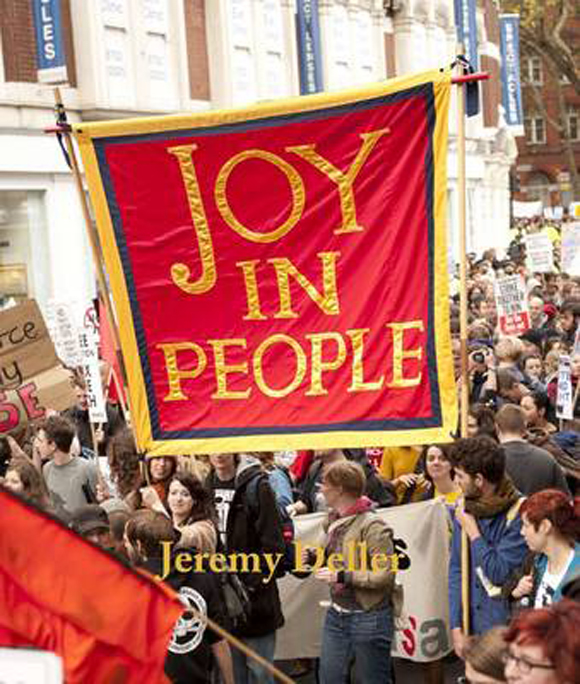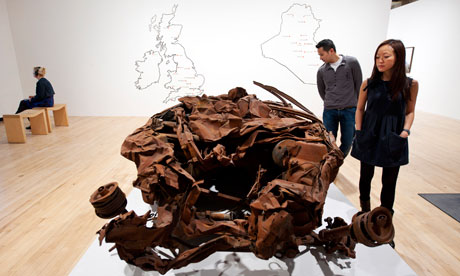Ever since I was a child I have been in regular contact with
London. My Dad took my sister and I every half term in a bid to get us to know
the City (impelled by a profound fear that we would be left on our own whilst
out clubbing with friends and not know our way home), I came to love W1 as a
teenager visiting family, got to know Bloomsbury as a student, Holborn and the
Strand as a jeweller’s assistant (when I first noticed the Griffins of the City
of London and the architecture of the Royal Courts of Justice) and now east of
Tower Gateway working with young people. (This post would have been accompanied
by my own photos but my phone got nicked!)
(Griffin, thanks to DT model at picture nation)
When I’m meeting friends ‘in town’ I often choose to walk
rather than take the tube. It is good to see the city pass, walk along the
banks of the Thames and take in the cool air of the city at leisure. On these
many walks I have noticed what a hotchpotch of architectures we have in London.
What follows is an attempt to catalogue the history of London, architecturally.
Londinium – London of brick part I
The first bit of London I was ever met was Roman. It is a
piece of the London wall, now comfortably nestled, and only slightly oppressed
by The Grange Hotel. Although now crumbling, the wall that used to encompass
the Roman city was a formidable structure that used to run along London wall up
to the Barbican (where there was a Roman fort) and down to the waterfront. You
can see a statue of Trajan at Tower Hill; not often you put up a
monument to someone who invaded your city (!). Encompassed within the wall Roman
London had a forum, an amphitheatre and a mint; politics, entertainment and
money ran the city even then!
(thanks Wikipedia!)
Ludenwic – London of wood
London was not abandoned after the Romans left, but the
archaeology often looks like that. So much so that until the 1980s
archaeologists and historians were at loggerheads as to whether a Saxon London
even existed! Saxon London was wooden and it was western. As usual the Saxons
were really into their recycling and choosing alternative locations for building;
they built their London in Covent Garden. Other outlying towns and villages,
now part of Greater London, have retained their Saxon names, Paddington, Lambeth
and Fulham, sound familiar? The Saxons left other imprints on the City, the
irregular shape of Park Lane follows the Saxon farming patterns for a start
(thanks Pete Ackroyd for that gem!)
Beyond the Saxon period London continued to be a city of
wood and recycling with the odd incursion of stone e.g. Tower of London built
in stone by the Normans to make a point (they all had small willies!). The lack
of fire-retardant structures was a frequent problem for the people of London.
Fires and pestilences plagued the city on frequent occasions, often raising the
city to the ground. But the occupations of older Londoners still lives on in
present day toponyms; Milk Street, Wood Street, Cooper’s Row, Lime Street
(think limestone rather than citrus fruits), Poultry and Vintry for example.
But London is a regenerative city, like the Phoenix that rises
from the ashes, London rises again. After the great fire of London came a new
age; London in the age of stone.
London of Stone
After the Great Fire and right on through the Regency period
London was expanding. Life expectancies were still short but rumours like Dick
Whittington’s were rife, so immigration to the city was high. The wealthy saw
money to be made in the City and started building. Although Smithfields,
Moorfields and Farringdon were still rural fields; the centre of the City of
London was exploding. Roads around
Holborn and the Strand, heading west from St Pauls are dominated by this
architecture. Big limestone-fronted buildings that announced wealth, the Bank
of England built by John Soanes in this period illustrates the point precisely.
Some buildings have stayed on site and retained their usage since this period.
Take for instance, Twinings tea shop on the Strand; classic 18th
century architecture and still serving tea since 1706. There are other rare
gems to find too, the Guildhall Library with its Hundustani Gothic entrances (1788)
and the College of Arms (1670s) features amongst many guild buildings from this
period.
(Bank of England, thanks to itraveluk)
Although the Royal Courts of Justice just miss the Regency
period, being designed in the 1860’s and not actually opened until the
Victorian Gothic period, the building shares many similarities with eighteenth
century construction. The courts are a dazzling white in a city perceived as
morally and literally dirtied; the edifice is elaborately decorated with
perfect archways and minute shapes. Even now it makes an impression on the area
around it. I did have a lovely picture of the RCJ from behind but my phone got
nicked, sorry everyone. The photo showed that at the heart of RCJ is warm wood
and soft lighting, hidden under the blinding brightness. Just like many of the
churches in the city of London built at the time; forbiddingly holy (and stone)
on the outside, soft and wooden on the inside.
London Metropolis – London of brick part II.
Thanks to transport links, better sanitation and continuing
immigration pressure the London of the Victorian period saw huge expansion.
Rail travel particularly saw the construction of great high ceilinged stations
and commuter satellites. It was during the Victorian period that ‘Moorgate’ was
no longer the gate to a ‘moor’ but a metropolis. It is the time of markets,
Covent Garden, Shoreditch and of great overcrowding. Slums, particularly in East London were
popping up in great numbers trying to accommodate the vast numbers of people in
the city. Building south of the river also began in earnest being served by railway
lines and an increasing number of bridges to ‘the City’ (Battersea,
Blackfriars, Putney, Westminster and Tower Bridge being perhaps the most
famous). This is also the age that brought us the Houses of Parliament (1840)
and other buildings like the RCJ, and Adelphi and Theatre Royal theatres.
Evidently since the Roman times those key strands of parliament, economy and
entertainment remain.
(Tower Bridge, thanks to destination360)
London of Concrete – Why would anyone want to talk about
that?!
London of Glass
Today I would call
London the city of glass. Most of its new buildings are typified by the Gherkin
and the Shard, or perhaps less famously the Lloyds building on Lime Street, or
88 Wood Street. Glossy, glassy, comedy shaped office blocks. All traditional
forms are inverted, the glass and infrastructure is on the outside, you are
supposed to be able to see in. One construction in Bishopsgate actually claims
to invert the traditional building shape of biggest at the bottom...it will
actually by bigger at the top! Without the dirt and dust of previous centuries
Londoners are confronted with a mirror into which they themselves may indeed be
perceived. I think that also says something about the generation which built
the buildings, designed to give you what you want to see.
(88 Wood Street, note the lifts are on the outside! Thanks to urban75.org for image)
London of tomorrow? I wonder what that will be? I wonder
what design constraints it will need to meet and what materials it will be
built from? Flood proofed perhaps?
I hope you have enjoyed what was potentially my most wordy
blog yet! Well done if you got this far!
I didn’t think of all these ideas
myself, please find below a list of people who helped me:
Peter Ackroyd’s London: The Biography (I’m only 200 pages
into the 850 page epic but I’m getting biceps on my biceps reading it on the
way to work).
http://www.college-of-arms.gov.uk/About/01.htm
– The College of Arms
http://www.londononline.co.uk/cityoflondon/streets/
- London toponyms
http://www.lonwalk.ndirect.co.uk/bridsum.htm
– London’s bridges
http://shop.twinings.co.uk/shop/Strand
– The Twinings Shop
http://www.victorianweb.org/mt/theaters/pva234.html
– Victorian Theatres in London







.%20Photo%20by%20Linda%20Nylind.jpg)
